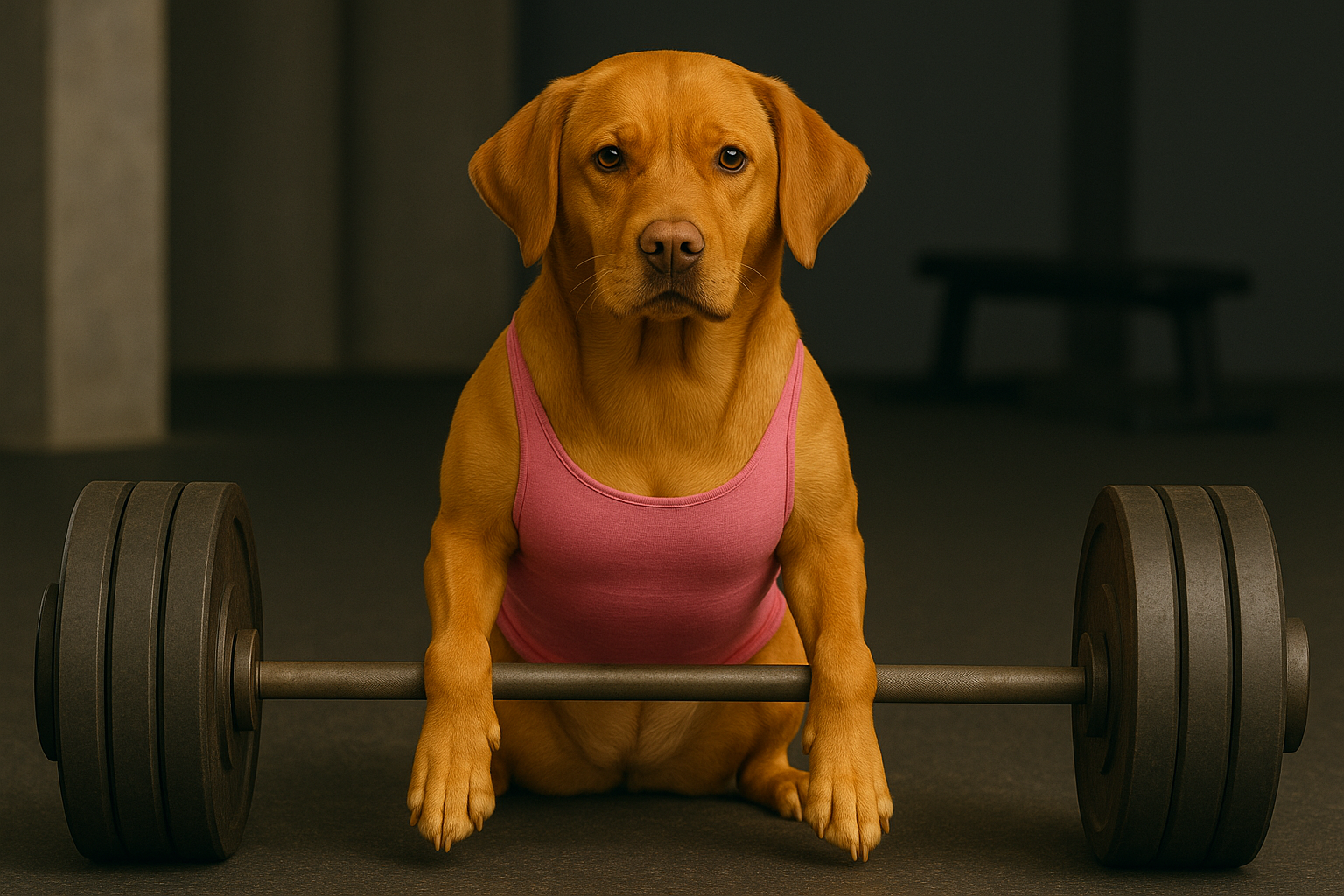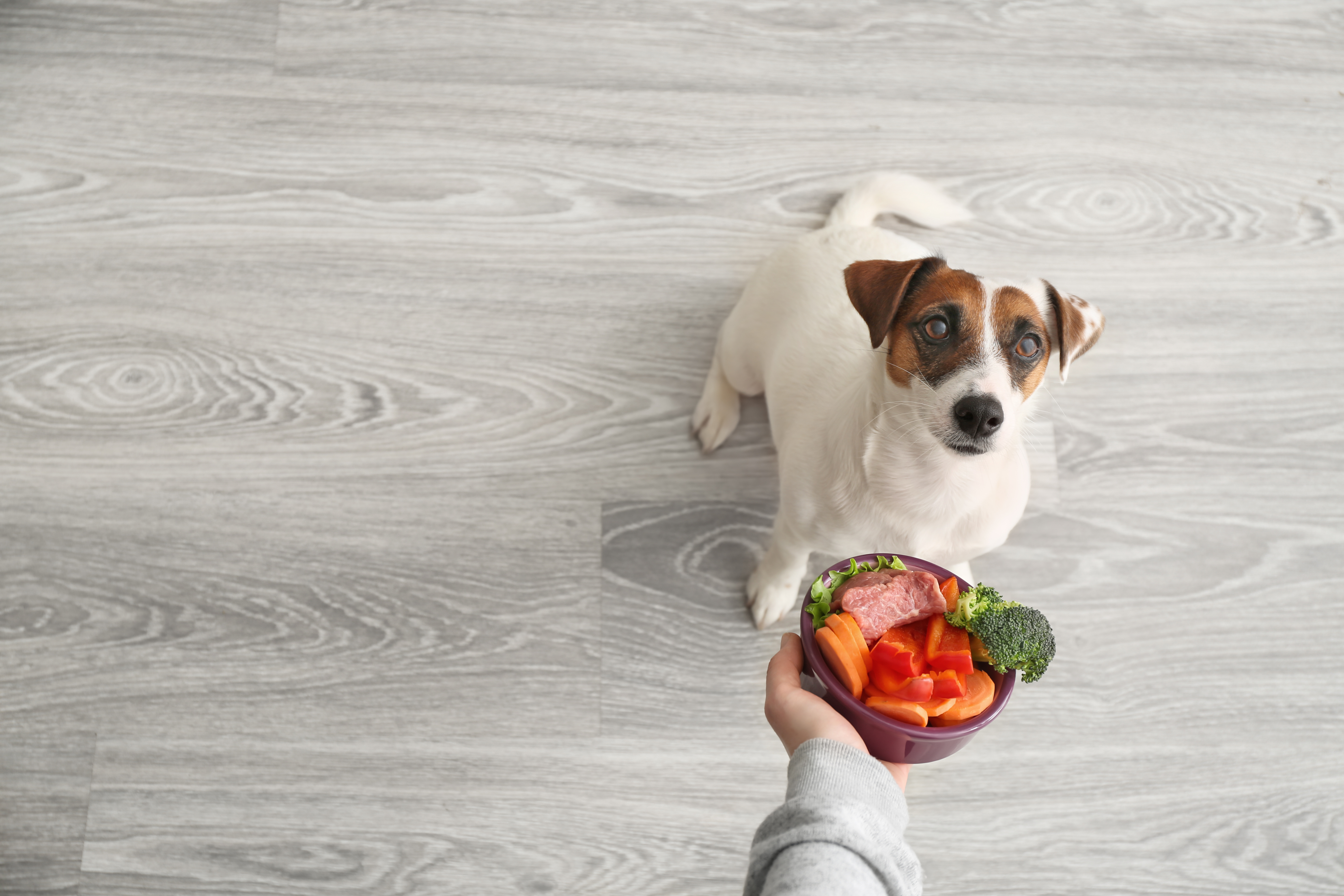Strong Women, Straightforward Science: Why Strength Training Should Be Part of Your Life
Strength training isn’t just for gym bunnies or bodybuilders. It’s a smart, science-backed way for women to stay strong, mobile, and energised – especially as we age.

When it comes to strength training, a lot of women still feel it’s “not for them.” Maybe it feels intimidating, maybe it feels like it belongs to a younger crowd, or maybe it just sounds like something other people do.
But strength training isn’t about gyms, or lifting the heaviest weight, or chasing a certain look. It’s simply about looking after your body in a way that helps it stay strong, mobile, and resilient at any age.
And the science behind why it works? It’s actually pretty straightforward.
1. Keeps your muscles working for you
Once we hit our 30s, muscle naturally starts to decline – a slow process called sarcopenia. If we don’t do anything to maintain it, it gets harder to do everyday things like carrying shopping, climbing stairs, or even getting up from the floor. Strength training tells your body, “I still need this muscle, thank you,” and helps you keep moving well into later life.
2. Supports your metabolism
Muscle burns more energy than fat, even when you’re at rest. This doesn’t mean strength training magically speeds up your metabolism overnight, but it does help your body stay more efficient over time – especially useful as things naturally slow down with age.
3. Keeps bones stronger for longer
Women are more at risk of osteoporosis, particularly after menopause when oestrogen drops off. Lifting weights (or even using resistance bands or bodyweight) gives your bones the message to stay strong and dense, reducing the risk of fractures later on.
4. Helps manage hormonal shifts
Strength training can support the body during periods of hormonal change—whether that’s perimenopause, menopause, or other phases. It improves insulin sensitivity, helps manage belly fat, and supports more stable energy levels.
5. Improves mood and confidence
Plenty of research shows that strength training can lift mood, ease feelings of anxiety, and build confidence. It’s not about becoming a different person – it’s about feeling more comfortable in your own skin, knowing your body is working with you, not against you.
6. Reduces the risk of injuries
As we age, things like balance, coordination, and joint stability naturally decline – unless we actively work on them. Strength training helps reduce the risk of falls, aches, and the classic “I pulled something doing the hoovering” moments.
And no, it won’t make you bulky.
One of the biggest myths that still pops up is that lifting weights makes women “bulky.” The truth is, women’s bodies simply don’t produce enough testosterone to build muscle in the same way men do. What strength training does do is help you feel stronger, leaner, and more toned – without the bulk.
For most women, the results are subtle: better shape, firmer muscles, improved posture, and that quiet confidence that comes from feeling strong inside and out.
It doesn’t have to be complicated – or intimidating
Strength training isn’t about lifting the heaviest weight in the gym or pushing yourself to exhaustion. It can be done at home, in a gym, or even in the garden with a resistance band or some simple bodyweight movements.
The key is consistency, not intensity. A couple of sessions a week is enough to make a difference – not just now, but for the long term.
Final thought
You don’t need to look a certain way or train like an athlete to benefit from strength training. It’s about building a body that feels capable, balanced, and strong enough to do the things you love – whether that’s running around with your kids, hiking up a hill, or simply feeling more steady on your feet.
It’s not about being perfect. It’s about looking after yourself, in a way that supports the life you want to live.


